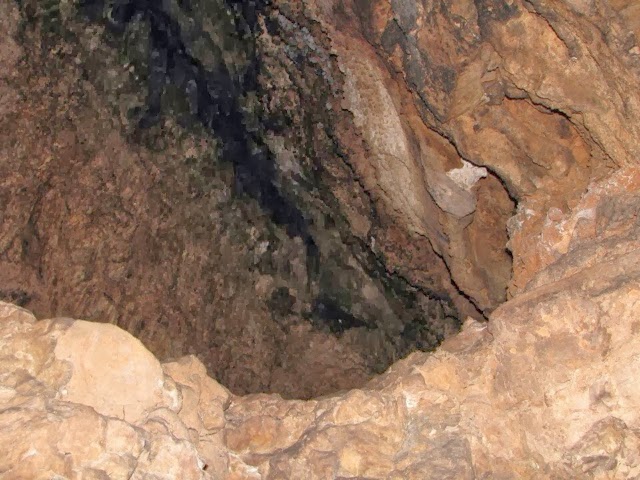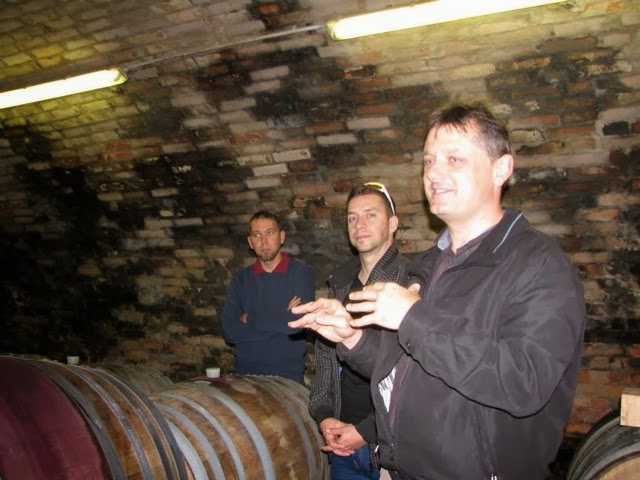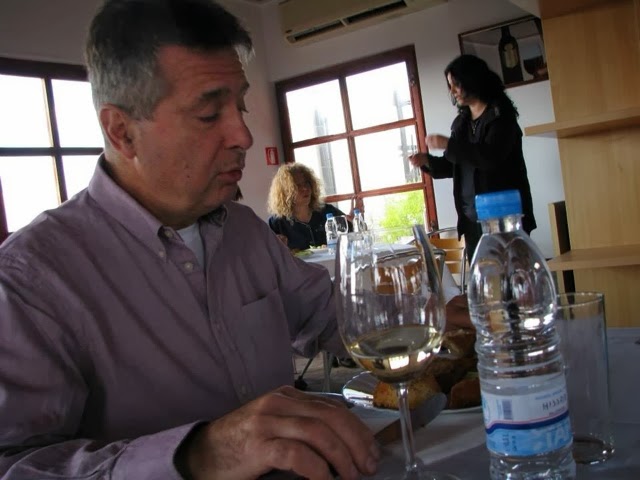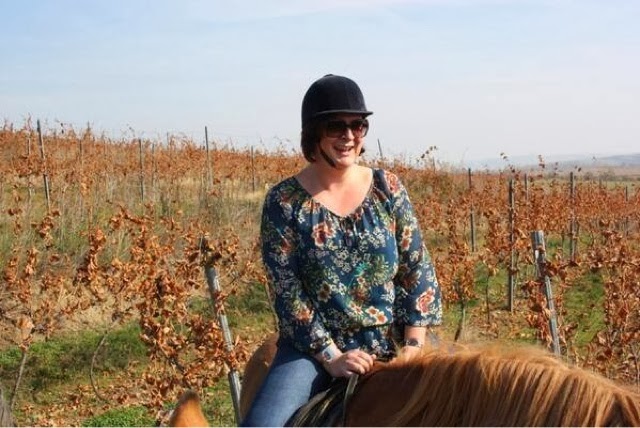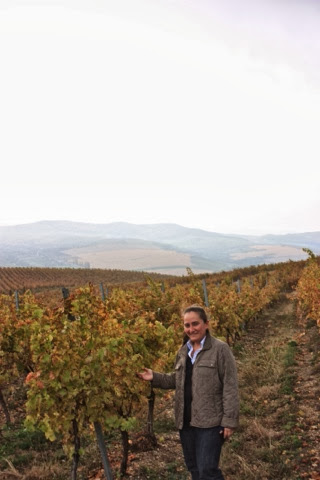It has to be said that I am often confused, perplexed, bemused by a whole raft of things, not just wine! But there was one wine that was very confusing - in a good way - this past week. I was in the town of Villany, southern Hungary, tasting through some red wines from the region. We moved through some of the lighter styles of wine - Portugieser, Pinot Noir - and then we got to the Cabernet. It was one particular blend that confused me the most: Cabernet Sauvignon, Cabernet Franc and Kékfrankos. From the very first smell, I suddenly thought I was back home in Australia, or perhaps in another New World region, but certainly not in Europe. On the nose this wine was explosive. Minty, packed full of red berries. And the New World style continued on the palate with punchy, big, mouth-filling flavours. I was thinking Mclaren Vale, Margaret River. Seriously good wine.
This could be a great source of big rich red wine. The region is at the same latitude as the northern most part of Bordeaux, and sits on a vein of limestone soil, seen below in these caves that run underneath the Csányi winery. And the best news...the wines certainly stack up against their more expensive New World counterparts.
Winemaking in Villanyi has been traced back to Roman times, and then to the ancient Celts, through to the Serbs living in the area after the Turkish occupation, and finally to the German settlers who can be thanked for shaping the modern industry. Outside of Hungary this region has been relatively unknown but domestically it is renowned for its quality red wine production. In any top restaurant in Budapest, the best Hungarian reds will most definitely come from Villanyi. I know, I tried quite a lot. And they are really really good!
So why is this region not known outside of Hungary? It's location might have something to do with it. Three hours south of Budapest, and that's with the relatively new motorway. I'm not sure how many tourists would be drawn to this part of the world, especially given that most people stick to Budapest or may venture to Tokaji but no further.
Previously known as Chateau Tileki, Csányi Winery was founded in 1881 by Zsigmond Teleki who we could say saved Europe from phylloxera. It was Tileki who experimented with different types of rootstock resistant to the disease. His work was carried on by his sons, and thanks to their innovative efforts, phylloxera was beaten. So Csányi has a proud history which also extends to the quality of the wines it produces. Below is the new winemaking team.
From Villanyi we moved back to Budapest as a base to get to Torley, and look at the vineyards and new 2013 wines including our customer favourite, Campanula Pinot Grigio. I think the 2013 vintage is looking better than last year with ripe fruity wines with crisp acidity. Visiting the Campanula vineyards, it's easy to see why: they are beautiful.
And finally, an interesting aside. I have discovered that there is a complimentary artisanal industry around Etyek where our Campanula wines come from: ham production (and palinka but that's a whole other story!). In this part of the world, they say that ham making is as old as the practice in Spain and Italy. There are tiny houses all throughout Etyek with amazing smoking facilities to produce beautiful specimens like this:
So next time you are drinking or recommending Campanula or our other Hungarian wines, think about some funky food matches with cured ham...A match made in heaven!

